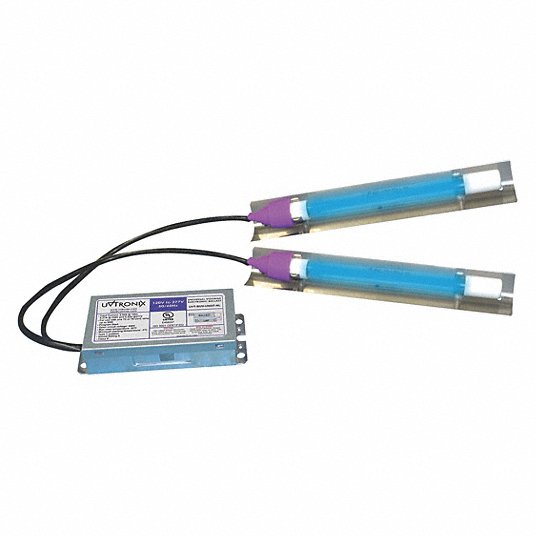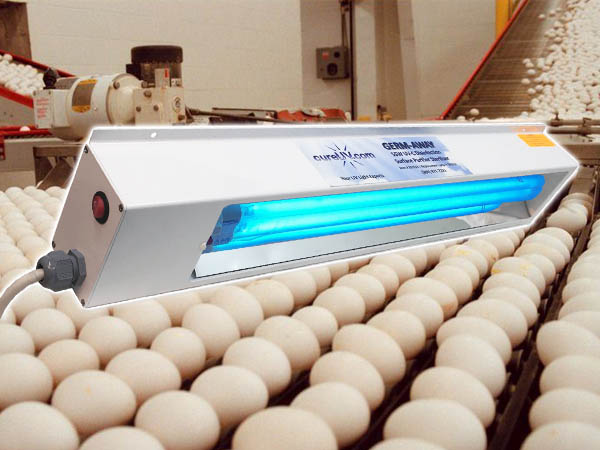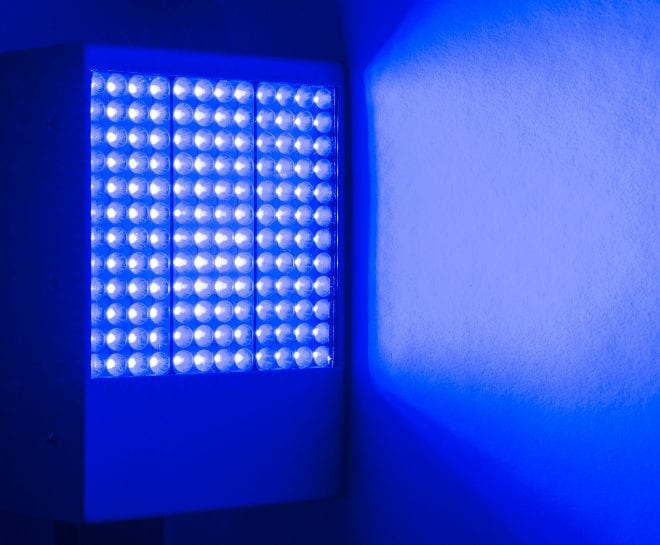UV Sanitation: The Cutting-Edge Modern Technology Transforming Sanitation Practices
In the world of hygiene techniques, one modern technology has become a game-changer: UV disinfection. With its capacity to get rid of damaging pathogens, this advanced technology is changing the way we come close to cleanliness and hygiene. Exactly how does UV disinfection work, and what are the advantages it provides? From healthcare setups to food processing, UV sanitation is making its mark in numerous markets. In this discussion, we will certainly check out the details of this transformative innovation and look in advance to its appealing future.
Exactly How UV Disinfection Functions
UV sanitation functions by making use of ultraviolet light to damage or inactivate microbes, offering a chemical-free and highly effective approach of sanitation. This modern technology takes advantage of the power of short-wavelength UV-C light, which can harming the DNA and RNA of microbes, therefore providing them not able to reproduce and trigger damage.
The process starts with the setup of UV sanitation systems, which include UV lights that release UV-C light. These lights are purposefully placed in areas where microbial contamination is a problem, such as water therapy plants, healthcare facilities, labs, and food handling centers.
When bacteria are exposed to UV-C light, the photons penetrate their cell walls and reach the DNA and RNA within. The high-energy UV-C photons interfere with the genetic product by creating bonds in between surrounding nucleotides, resulting in the development of thymine dimers. These dimers avoid the microorganisms from duplicating, providing them harmless.
UV disinfection is very efficient against a wide variety of microbes, consisting of bloodsuckers, germs, and viruses. It is specifically reliable versus waterborne virus like E. coli, Giardia, and Cryptosporidium. Furthermore, UV disinfection is a chemical-free technique, removing the need for potentially hazardous anti-bacterials and minimizing the risk of harmful disinfection byproducts.
Benefits of UV Sanitation
UV sanitation supplies countless advantages in the area of cleanliness, making it a highly chosen approach for successfully removing hazardous microorganisms. One of the essential advantages of UV disinfection is its capability to offer a chemical-free solution. Unlike traditional sanitation techniques that rely on chemicals, UV sanitation utilizes ultraviolet light to destroy the DNA of microbes, making them not able to reproduce and create infections. This not just gets rid of the demand for possibly damaging chemicals however likewise decreases the risk of chemical deposit on surface areas.

UV disinfection is likewise very versatile in its applications. It can be made use of in various setups, including health centers, schools, food processing facilities, and water therapy plants. UV sanitation systems can be conveniently integrated into existing cleanliness techniques, giving an extra layer of defense versus transmittable diseases.
In addition to its efficiency and versatility, UV sanitation is also ecologically friendly. It does not generate any dangerous byproducts or deposits, making it a lasting and risk-free approach for cleanliness - uv surface disinfection. Additionally, UV disinfection calls for very little maintenance and has a lengthy life expectancy, leading to cost financial savings in the future.
UV Sanitation in Health Care Settings
In health care setups, UV disinfection has actually arised as a revolutionary method for successfully eliminating dangerous microorganisms. UV sanitation works by discharging ultraviolet light at a specific wavelength that is deadly to microorganisms, infections, and other microorganisms.
First of all, UV sanitation is a non-chemical method, making it an eco-friendly alternative contrasted to typical disinfection methods that commonly entail using severe chemicals. The usage of UV light eliminates the need for chemical disinfectants, minimizing the risk of unsafe deposit or chemical direct exposure to both individuals and health care workers.
Furthermore, UV sanitation is highly reliable in eliminating a large range of microorganisms, including drug-resistant bacteria such as MRSA and C. difficile. It provides a reliable and consistent sanitation procedure, making certain that all surface areas and tools are completely sanitized, even in hard-to-reach areas.

UV Disinfection in Food Processing
The application of UV sanitation expands beyond health care settings and discovers considerable worth in the realm of food processing. uv surface disinfection. UV disinfection technology is becoming increasingly popular in the food industry because of its ability to efficiently get rid of dangerous microorganisms and enhance food safety and security
One of the primary benefits of UV disinfection in food processing is its ability to target a vast array of bacteria, including microorganisms, mold and mildews, and viruses. By utilizing UV light at particular wavelengths, it is feasible to disrupt the DNA and RNA of these virus, providing them incapable to reproduce or cause injury. This modern technology can be used to numerous stages of the food processing chain, including surface area sanitation, devices sterilization, and water treatment.
UV sanitation gives a non-thermal and chemical-free approach of disinfecting food. Unlike conventional sanitation approaches that count on chemicals or heat, UV technology does not leave any residue or change the taste, appearance, find out here now or nutritional worth of the food. This makes it a perfect option for industries that call for strict adherence to quality standards.
In addition, UV sanitation systems are easy to run and mount, calling for very little maintenance. They can be integrated into existing handling lines without triggering considerable disruptions to the manufacturing procedure. Furthermore, UV systems have a quick therapy time, enabling for continual processing and lowering downtime.
The Future of UV Disinfection

One location where UV sanitation is anticipated to make significant improvements you could try this out remains in the area of healthcare. With the increase of antibiotic-resistant germs and the requirement for extra efficient sanitation techniques, UV light has the potential to play a vital role in lowering healthcare-associated infections. UV disinfection systems can be used to sanitize surface areas, tools, and even the air in medical care facilities, assisting to stop the spread of harmful microorganisms and enhance client safety and security.
Another sector that could benefit from developments in UV disinfection technology is the food industry. UV light has currently confirmed to be a reliable approach for sanitizing food and decreasing the risk of foodborne illnesses. As modern technology boosts, we can anticipate to see much more cost-efficient and effective UV disinfection systems being implemented in food handling plants, making certain that the food we take in is risk-free and totally free from damaging bacteria.
Verdict
To conclude, UV sanitation is an innovative modern technology that is changing sanitation techniques in medical care setups and food handling. By utilizing UV light to eliminate or shut off bacteria, it uses many advantages such as effectiveness, security, and efficiency. With click for more info continuous developments in this area, UV sanitation holds excellent prospective for the future of cleanliness, providing a sustainable and trustworthy solution for keeping tidy and sanitary settings.
UV disinfection is a chemical-free approach, getting rid of the demand for possibly damaging anti-bacterials and reducing the danger of unsafe disinfection by-products.
Unlike standard sanitation approaches that rely on chemicals, UV disinfection utilizes ultraviolet light to ruin the DNA of microbes, providing them unable to recreate and create infections. Unlike traditional disinfection techniques that depend on chemicals or warm, UV modern technology does not leave any kind of residue or alter the taste, texture, or dietary worth of the food. As modern technology boosts, we can expect to see much more cost-efficient and reliable UV sanitation systems being applied in food handling plants, ensuring that the food we consume is safe and free from hazardous germs.
In final thought, UV disinfection is a sophisticated modern technology that is changing sanitation techniques in medical care settings and food handling.